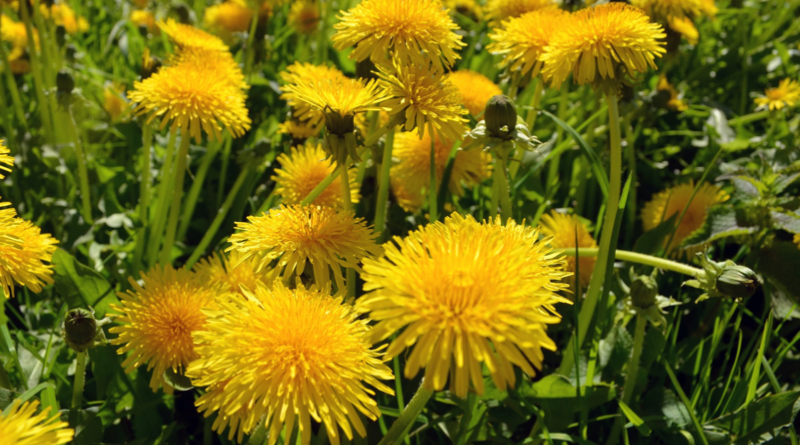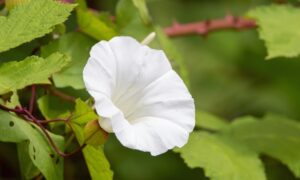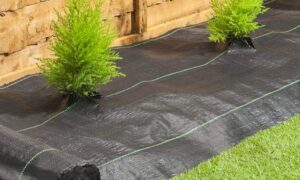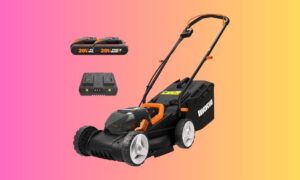We independently research, review, and recommend the best products. If you buy something through our links, we may earn a commission. Learn more.
Here we are again, folks. Spring is in the air, the birds are chirping, and dandelions are beginning to sprout across UK gardens. But before reaching for your mower, what if I told you that these yellow beauties aren’t the pesky weed you’ve grown to loathe?
It’s true. Counter to popular belief, these little vibrant flowers are a vital food source for bees, butterflies, and other pollinators. With their high pollen and nectar content, dandelions make for a gourmet buffet that hardworking insects love in the early growing season.
So here we have a dilemma: do we destroy pollinator habitats in favour of a flawless lawn? Or is there another approach to dealing with dandelions? I’ll give my two cents below.
Why are dandelions so important?
For centuries, many people have used dandelions as a medicinal herb and food source thanks to the plant’s unique properties. Some cultures even believe they have symbolic significance as an embodiment of the sun, promoting resilience.
Even if you don’t subscribe to this view, there’s plenty to appreciate about the humble dandelion. Especially in relation to our ecosystem and the creatures that call it home.
For starters, their florets are chock-full of nectar, pollen, and vitamins, making them an important food source for pollinators. And because dandelions are one of the first flowers to bloom in the spring, they’re welcome to pollinators emerging from their winter slumber. This early-season dietary source is crucial for building up strength and numbers before the more bountiful summer blooms arrive. Bees, in particular, are most thankful at this point, as they have eaten through most of their honey stores by spring.
But it’s not just about food. Dandelions also act as an essential habitat for pollinators. Bees, for example, need a place to rest and nest in between foraging trips. Dandelions offer the perfect spot—their long taproots create a stable foundation for our buzzy friends to build their homes. Their foliage also provides cover from predators and gusts of wind.
So, dandelions are much more than just a weed. They’re a vital part of the ecosystem, supporting hardworking pollinators and helping to maintain biodiversity in our gardens.
The harm of mowing dandelions
Mowing over dandelions means destroying vital pollinator habitat and food sources. That might not mean much to some who strive for a prestine lawn, but when you consider the global mass of insects is falling by 2.5% a year, it should concern us all.
As I mentioned earlier, these flowers provide a place for bees and other insect to rest, nest and eat. Without them, it can cause a ripple effect on the ecosystem, leading to declines in pollinator populations and reduced biodiversity.
But it’s not just the act of mowing itself that’s the problem— it’s also the potential for invasive species. When we mow over dandelions, we’re creating perfect conditions for their seeds to spread and take root elsewhere.
How to deal with dandelions
Now, I understand that some of you may still be hesitant to let dandelions grow wild in your garden. So, allow me to offer up some alternative approaches that can support both a healthy lawn and your commitment to preserving pollinators.
One idea is to designate certain areas of your lawn as “wildflower zones”, where dandelions and other plants can grow freely. That way, pollinators thrive and you’ll add diversity to your lawn for more visual appeal. I personally like to allow these patches to grow around 10cm tall—providing the perfect conditions for daises, buttercups, and clovers, alongside dandelions.
Another option is to incorporate pollinator-friendly flowers and shrubs into your garden. Plants like butterfly weed, echinacea, and lavender are great food sources and add fragrance. If you want to help wildlife, I’d recommend avoiding bedding plants that have big blooms without vital nectar and pollen, such as dahlia.
By sharing the importance of pollinator habitat with your friends and neighbours, you can help statt a culture of appreciation for these vital creatures and the plants that support them.






